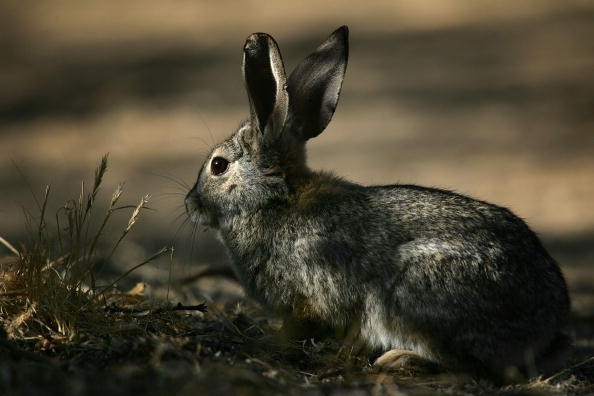The New England Cottontails have suffered from threats of habitat loss and encroachment, according to a recent report. Researchers called for unique animal protection and conservation efforts due to the declining population.
Forests play a significant role for many animals. It serves as an important habitat for protection and repopulation.
As forests become affected and shrink in number in cities, many animals could be impacted, including the New England Cottontails.
Habitat loss and young forests
According to the New England Cottontail's website, the animal is found in portions of New England and New York.
They also thrive in Rhode Island, Southern New Hampshire, Maine, Massachusetts and Connecticut.
Being a native animal in the area, the report said that the New England Cottontail shows significant heritage in the region.
The report explained that the population of the New England Cottontail has greatly declined for over 50 years, adding that there could be about 13,000 of the said animals.
With the many challenges and threats they have endured, they are considered endangered.
Without immediate action, the animals could reach the brink of extinction.
One of the main threats is habitat loss. The New England Cottontails thrive in young forests, which is crucial in raising their young and repopulating.
However, wildfires and city commercialization have affected many young forests.

According to a report published in Phys.org, Professor Chadwick Rittenhouse explained that younger forests and shrublands are important habitats for the New England Cottontails.
Rittenhouse is also a researcher at the Department of Natural Resources and a wildlife biologist.
Professor Rittenhouse said that young forests could no longer be found, which has become more challenging for the New England Cottontails.
As a result, he said that the animal's specific habitat is important to thrive.
He said that the conservation efforts of young forests and New England Cottontails are significant. The conservation of the said species is crucial due to declining numbers and encroachment threats.
On the other hand, the conservation of forests is important to New England Cottontails and other species that need it.
In addition, habitats are a place for the repopulation of animals.
On the other hand, the Maine Department of Inland Fisheries and Wildlife said that the New England Cottontail is also called Cooney there.
The report noted that the animal population is listed as State Endangered.
Eastern Cottontails
Meanwhile, the report also noted the emergence of look-alike species Eastern Cottontails, in portions of New Hampshire and Connecticut.
The arrival of Eastern Cottontails could affect the New England Cottontails. However, records showed that the former was good with their habitat.
The report explained that it would become difficult for the New England Cottontails to seek habitats.
Due to the threats, the advocacy group for New England Cottontails emphasized that young forests are key to the animal's survival.
The commitment of towns and states is also key to building more young and sustainable forests. It will benefit many birds and animals.
Protecting New England Cottontails is vital to their existence and the possible threat of extinction.
Related Article : Whale Sighted Off North Carolina's Coast Suffers from Fishing Gear Entanglement, Serious Injury; Experts Raise Concerns
For more similar, don't forget to follow Nature World News.
© 2025 NatureWorldNews.com All rights reserved. Do not reproduce without permission.





